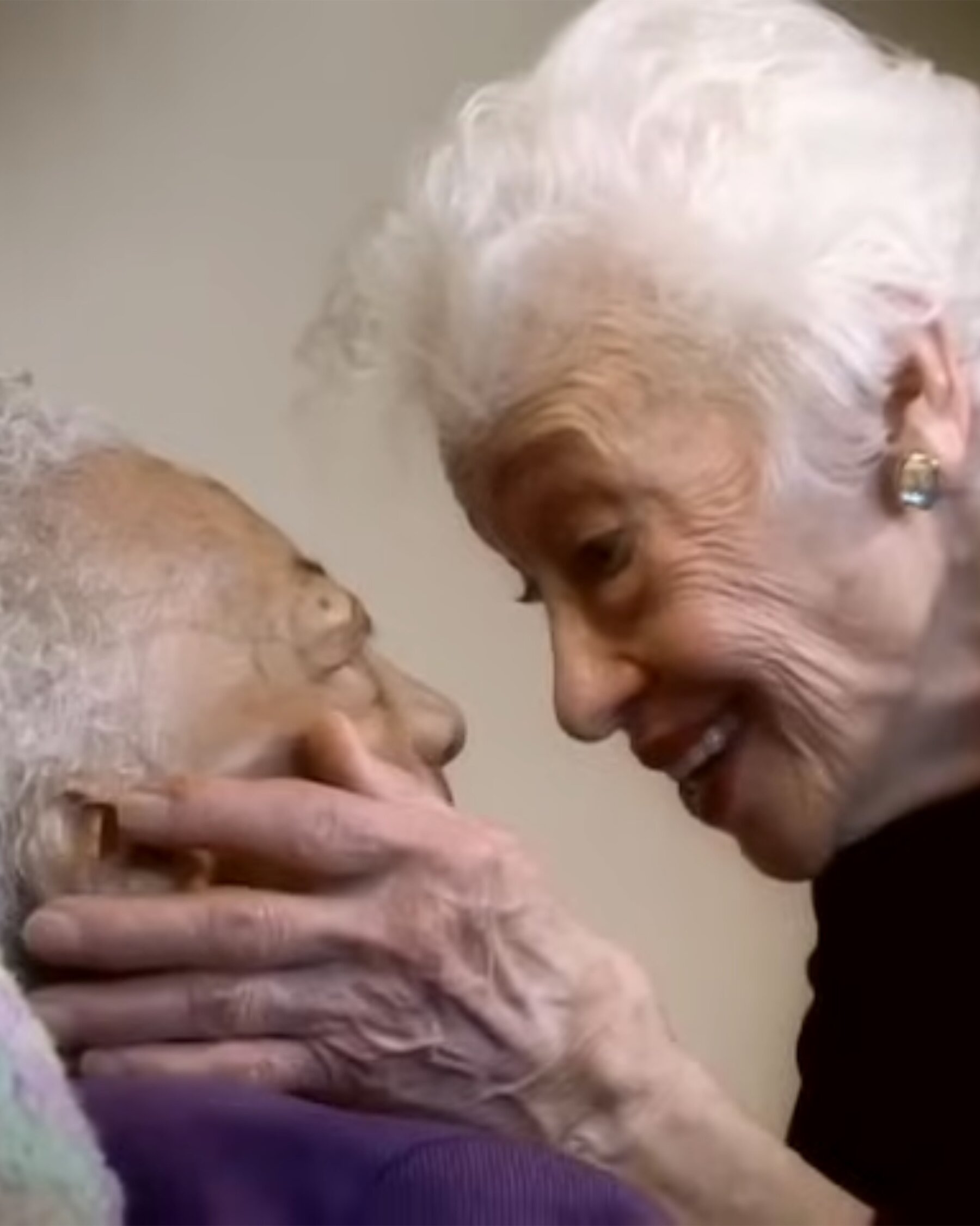
Revolutionizing Touch: How Brain-Computer Interfaces Are Restoring Sensation to Paralyzed Hands
In a remarkable breakthrough for neuroprosthetics and brain-computer interfaces (BCIs), researchers from the University of Pittsburgh and the University of Chicago have achieved successful restoration of intricate and meaningful touch sensations for individuals with tetraplegia. Documented in Nature Communications, the study presents an innovative technique that permits users to customize their perception of artificial tactile feedback, propelling researchers significantly toward the creation of realistic prosthetic sensation systems.
Reimagining Touch Through the Brain
The ability to experience sensations—such as warmth, smoothness, and pressure—is something many take for granted. However, for those suffering from paralysis due to spinal cord injuries, the inability to receive sensory feedback transforms routine activities into daunting tasks stripped of nuance, emotion, and natural control. Until this point, artificial touch delivered via brain implants felt more akin to clinical vibrations than actual textures.
This new research challenged that notion.
Three men with spinal cord impairments, who had lost sensation in their hands, volunteered for this pioneering study. Each individual underwent surgery to implant tiny electrode arrays into the somatosensory cortex, the brain region responsible for processing touch. These electrodes transmitted precisely controlled electrical pulses directly to the neurons.
What distinguishes this study from earlier attempts is a groundbreaking shift in control: rather than researchers adjusting the stimulation, participants were able to manipulate parameters in real-time while engaging with virtual objects on a tablet screen.
Designing Realistic Sensations
Participants were encouraged to virtually interact with various objects—a cat, an apple, a terry cloth towel—through the sensory-enabled BCI system. Unlike former methods where all sensations felt uniformly like buzzing or tingling, this user-directed approach yielded vibrant and easily recognizable experiences.
For example, when describing the sensation of touching a cat, one participant stated, “very light touch, just like petting a cat. Smooth silkiness on fingertips. Resistance of cat. Has that oily sensation. It even has a sort of warmth to it.”
Another participant expressed that an apple felt “light but also smooth, curved and a little bit of cool and wet.” These richly articulated sensations suggest more than mere generic sensory impressions—they indicate specific, lifelike tactile memories are being activated through targeted brain stimulation.
Objective Confirmation: Telling Objects Apart Without Seeing Them
To verify these sensations were not simply imagined associations, the researchers assessed participants’ abilities to identify virtual objects based solely on touch—without visual input. Remarkably, two of the three participants accurately identified objects significantly above chance, with correct identifications occurring around 35% of the time. Notably, errors adhered to a predictable pattern, as objects with similar characteristics, like a soft towel and a cat, were occasionally mixed up. However, participants seldom confused fundamentally distinct items—such as a cat and a key—highlighting the realism and specificity of the perceived textures.
“This isn’t merely about sensing that something is ‘there.’ It’s about enriching the experience with depth and context,” explained lead author Ceci Verbaarschot. “Touch conveys meaning and emotion. Empowering users to define their own sensations fosters more genuine and instinctive interactions.”
How It Works: The Science Behind the Sensation
The success of the new system relied on integrating tactile customization with real-time interaction. Participants were able to modify stimulation parameters—such as frequency, amplitude, and duration—while actively exploring visual representations of different objects.
The patterns they selected uniquely matched the characteristics of specific items: warmth versus coolness, softness versus firmness, resistance versus smoothness. This indicated that the brain could interpret a nuanced arrangement of electrical pulses as cohesive, sensory experiences that replicate real-world textures.
From Laboratory to Daily Life: Challenges and Future Horizons
Despite significant advancements, notable challenges persist. While two participants achieved consistent outcomes, a third—who engaged less with the interface—demonstrated no better results than chance. This points to the possibility that learning, exploration, and active involvement may be crucial for mastering this new sensory lexicon.
“We aimed high with this study,” stated senior author Robert Gaunt, associate professor at the University of Pittsburgh. “And we made substantial progress. The task was extraordinarily difficult—identifying objects by touch alone through electrodes—and yet participants performed surprisingly well.”
Looking forward, the research team intends to broaden this work in multiple directions. One key objective is to incorporate these realistic touch sensations into prosthetic hands, facilitating genuine physical interactions in real-world scenarios. Another promising direction involves developing artificial proprioception—the sense of body movement and position—which is crucial for natural coordination but often lost along with tactile sensation in patients with spinal injuries.
Implications for Prosthetic and BCI Design
This study’s approach, which relies on user-controlled sensations, signifies a transformative shift in sensory neuroprosthetics. Instead of receiving rigid, pre-set sensations, future BCI users could tailor their tactile experiences—mirroring real-world materials and enhancing the realism of both virtual and physical interactions.
Personalization might be central to unlocking more